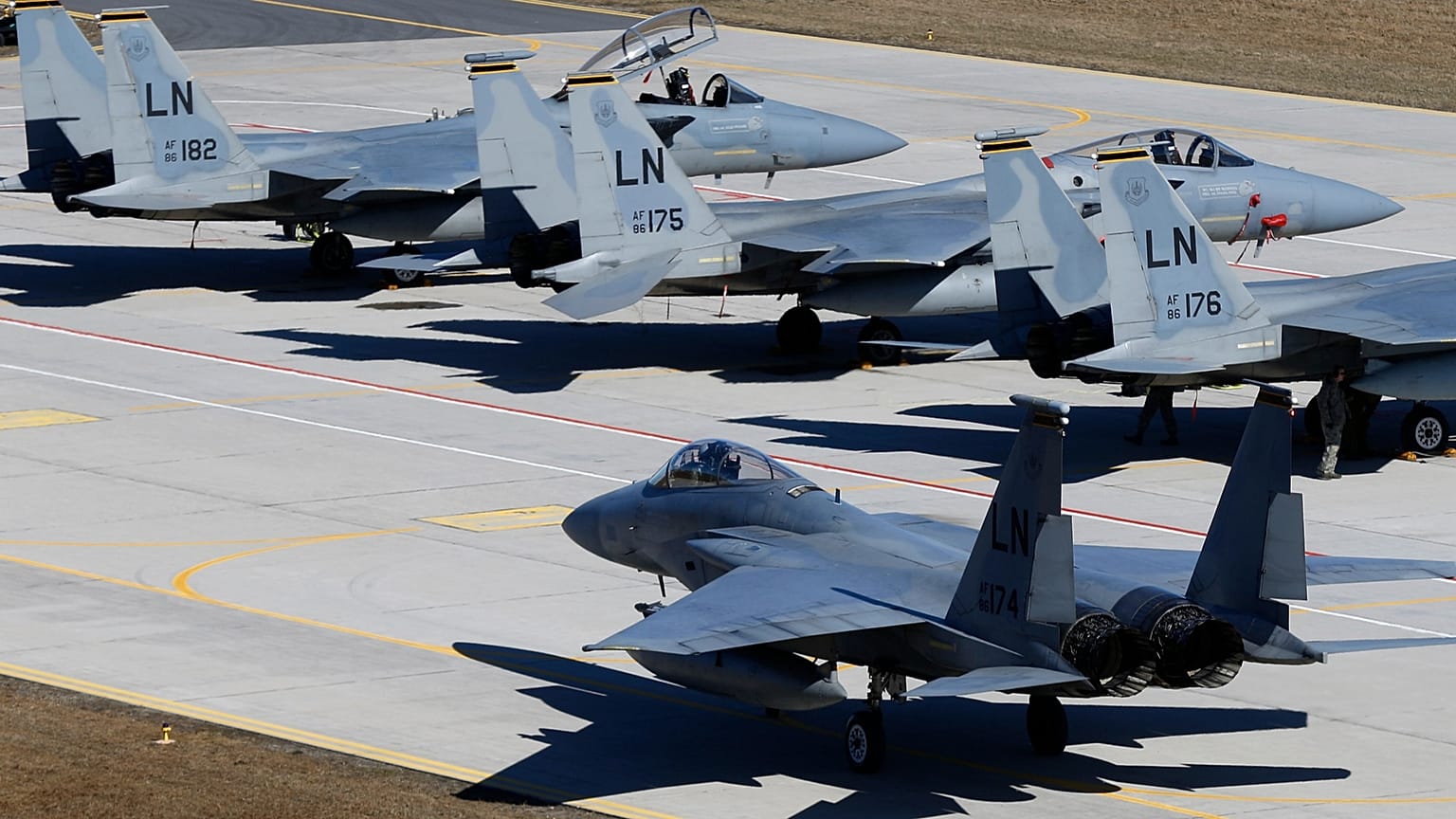The European Union has its own mutual defence clause but it is seen as weaker than NATO's Article 5. The EU Commissioner for Defence appears to want to change that as the US military reconsiders its footprint in Europe.
European Union countries should have "multiple guarantees" for their security to go alongside NATO's Article 5, including by developing a "clear mechanism" on how the bloc's own mutual defence clause works, Andrius Kubilius said on Monday.
"We Lithuanians, we learnt in our history that it is better to have multiple guarantees for our security," the European Commissioner said from Vilnius where he attended a conference entitled "Defending Baltics 2025: War Lessons from Ukraine".
"It will be good, next to NATO Article 5 guarantees, to have also European Union Article 42.7 guarantees with a clear mechanism how they will be implemented. It will also be good to have guarantees that all the Eastern Flank countries will come to defend each other in the same way as they are preparing to defend themselves," he added.
The EU's Mutual Defence Clause — Article 42.7 in the Treaty of Lisbon — was approved in 2007 and has been in force since 2009. Like its NATO equivalent, it is primarily a political instrument but it has traditionally been seen as weaker compared to Article 5.
Some of that is due to the fact that most EU member states are also in the military alliance through which they regularly exercise together under direct NATO command.
Additionally, the US involvement in NATO continues to be seen as decisive for smaller European countries, especially those bordering Russia, some of which have thousands of American troops on their soil.
The former Lithuanian prime minister had opened his keynote address by reiterating the opinion of multiple European intelligence agencies that Russia could be ready to test NATO's Article 5 before the end of the decade.
Faced with that threat, Europeans are racing to rearm with the Commission putting forward a package earlier this year it says will see up to €800 billion invested in defence by 2030. The strategy identified nine priority areas including ammunitions and drones as well as four so-called flagship projects that should be financed as a matter of urgency.
An Eastern Flank Watch, which includes a Drone Wall, are among those projects, as frontier countries are considered the most vulnerable to Russia with hybrid attacks, including airspace violations, an increasingly regular occurrence.
The operationalisation of the package relies heavily on NATO however as defence remains a fervently-guarded national competence in the EU.
US President Donald Trump said in July after the alliance agreed to massively ramp up defence spending that Washington remains committed to the alliance but that came after months of him disparaging low spenders and casting doubts over the US's continued support.
The US also announced last month that it would not replace a brigade stationed in Romania once it's rotated out. Washington, Bucharest and NATO Secretary General Mark Rutte have all sought to downplay concerns over the partial withdrawal.
Kubilius's call on Monday echoes that of General Robert Brieger, who said before departing his role as Chairman of the European Union Military Committee earlier this year, that the EU's highest military body had issued recommendations for the operationalisation of Article 42.7, describing it as "not fit for the future".
In his address, the Commissioner also made the case for the "battle-tested Ukrainian army" to station troops in other European countries, as an additional security guarantee.
Kubilius will on Wednesday unveil two new defence packages, one that aims to boost the adoption of new technology such as AI and Quantum into the sector, and the other to improve and quicken military mobility across continental Europe.















